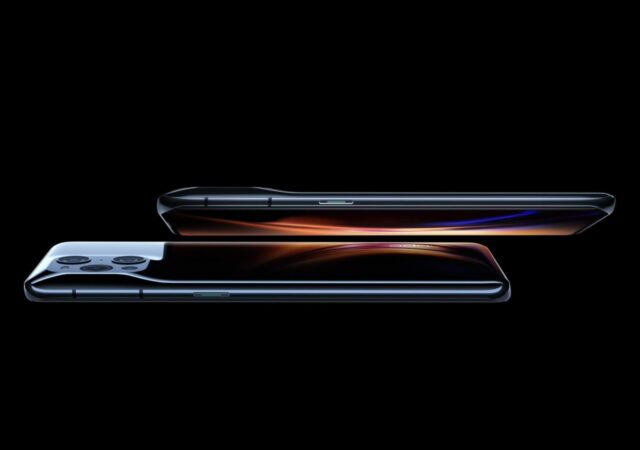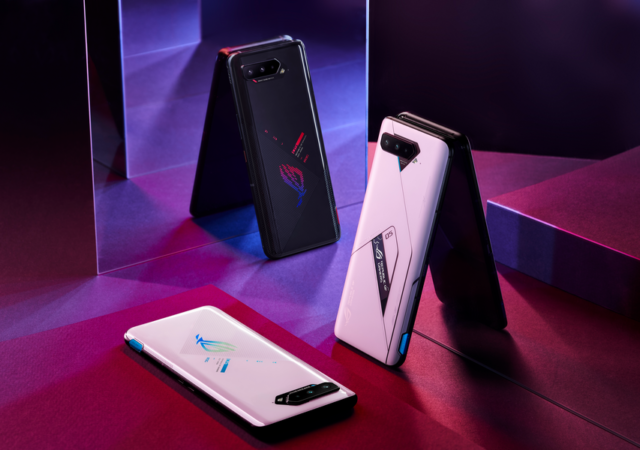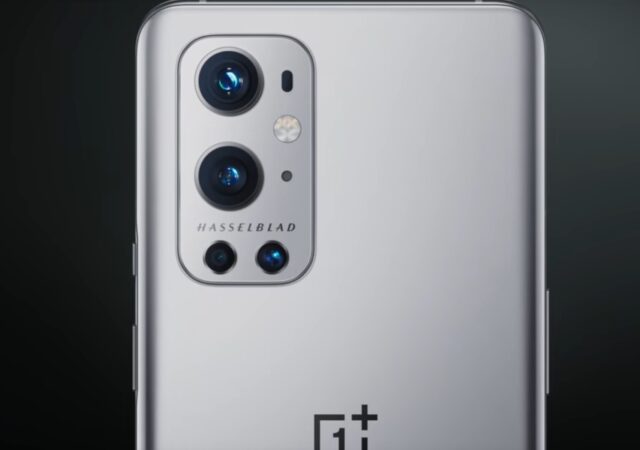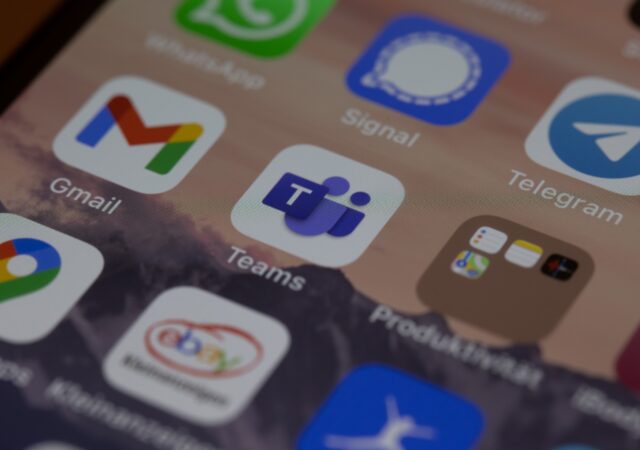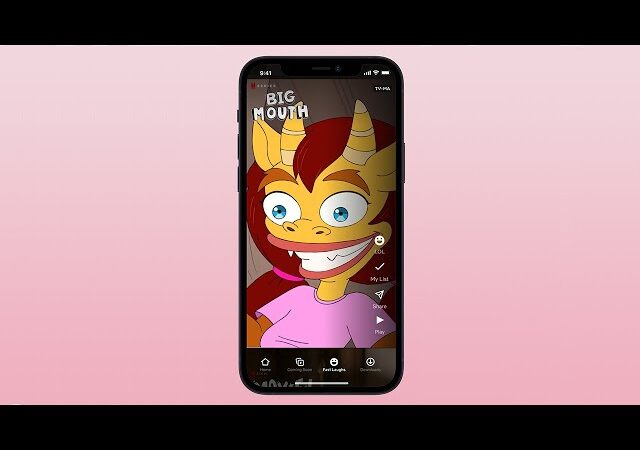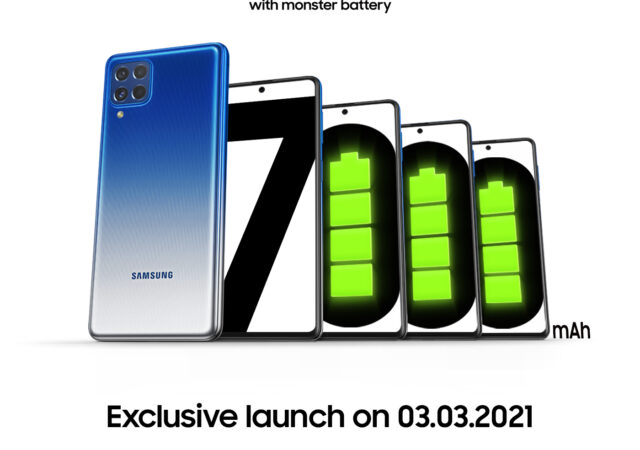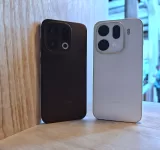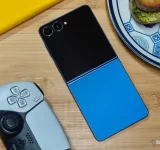OPPO launches their highly anticipated and impressive Find X3 pro flagship. The new flagship comes with a state-of-the-art 50-Megapixel main camera and a new 50-Megapixel Ultra-Wide camera. Available globally March 2021 with prices starting at EU€ 1,149.
ASUS Unveils the ROG Phone 5 series; Prices Start at MYR2,999
ASUS has announced the new generation of the ROG Phone: the ROG Phone 5 series powered by the Qualcomm Snapdragon 888 processor.
OPPO Enco X Launching in Malaysia Soon!
Update (11/03/21): The OPPO Enco X has launched globally with immediate availability. Official global pricing is EU€ 179 (MYR 879***). We are expecting the TWS earphone to arrive in Malaysia toward the end of March 2021 or early April 2021…
OnePlus 9 Coming 23 March 2021 with Hasselblad Camera and Charger in the Box
UPDATE (11/03/21): OnePlus has confirmed that the OnePlus 9 will come with a Sony IMX766 50-Megapixel ultra-wide camera. They also say that the Ultra-Wide camera should deliver distortion free ultra-wide shots thanks to the free-form lens technology OnePlus 9 features.…
The Xiaomi Redmi Note 10 Series is Here for MYR 799!
Xiaomi launches the brand-new mid-range Redmi Note 10 series in Malaysia with prices starting from MYR 799 onward.
A Deep Dive into One UI’s Design
The designers at Samsung give us a look into the ethos of One UI’s latest update and how it will shape the user experience for Galaxy Devices.
Samsung Galaxy M62 Launches in Malaysia with 7,000 mAh Battery – Bigger is Better
Samsung launches the MYR 1,999 Galaxy M62 packing a monstrous 7,000mAh battery exclusively on Lazada on March 3, 2021.



